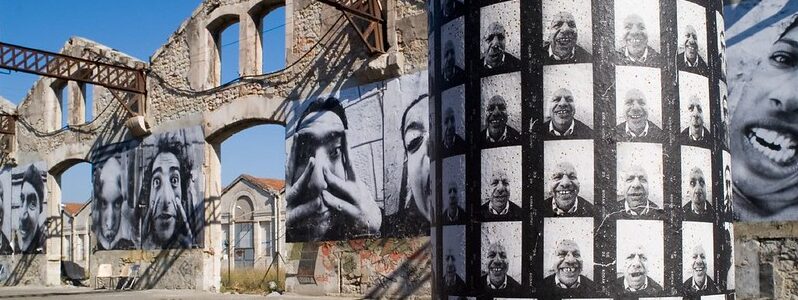Translating a novel to film—moving from the linguistic to the visual—is a tricky process, rendered trickier still when film makers reach across time to make past speak with present. How do actors embody characters who already live vividly on the page? How do cinematographers and production designers conjure a vanished physical world? Above all, how do screenwriters and directors condense a very rich novel’s plot, themes, characters in ways that respect the source while also making its values meaningful to contemporary viewers? Our ready recall of movies that mangled our favorite novels is testimony to the peril of such an enterprise. All the more reason, then, to praise the three films based on novels reviewed in this issue. As the writers gathered here make clear, each movie under consideration captures the magic of the masterworks on which they are based while also making visible the contemporary resonance of political, social, economic, and racial issues that the source novels engaged.
Our first two reviews are devoted to adaptations of novels by Balzac, both of them films that appeared in 2021. Christine Haynes explains how Xavier Giannoli’s film of Illusions perdues/ Lost Illusions manages to capture the novel’s satire of post-Restoration Paris and subtly locate parallels between Balzac’s nineteenth-century print media circus and the twenty-first century’s on-line glut of influence and misinformation. Rendering the material world through which Balzac’s hero moves in sumptuous detail, the film strikes a judicious balance in its depiction of era’s politics, which makes the stakes visible without diving deep into labels or debate. Denise Davidson turns to the seemingly more private concerns of Eugénie Grandet (currently available only on French DVD), in which Balzac detailed an overbearing father’s frustration of his daughter’s happiness by denying her marriage and children. If director Marc Dugain brings Balzac’s subtle critique of patriarchy very forcefully to the surface in his adaptation of the novel, Davidson tells us, he does so in ways that highlight the small margins for resistance and the enormous power of wealth available even to young, single women like Eugénie. Considered side-by-side, these films implicitly raise the question of what the renewed interest in Balzac might tell us about materialism and corruption in the twenty-first century.
Our concluding text is an interview between Corine Labridy and Sophie Saint-Just, about Euzhan Palcy’s acclaimed film of Joseph Zobel’s novel, La rue Cases-Nègres. Drawing from her forthcoming book on that subject, Saint-Just does not just explain how and why Palcy adapted Zobel’s bildungsroman of a transfuge de classe et de race in early twentieth-century Martinique. She also sketches Palcy’s determined struggle as a young Black woman to establish herself as a film maker. We have all been enriched by that struggle for, as Saint-Just makes clear, Palcy’s first feature provides a privileged glimpse into “les Antilles de l’intérieur” as it celebrates the formidable contributions of poor, laboring Black women to the dynamism of Caribbean life.
Reviews
- The “Infernal Machine” of Our Modern Media Marketplace, Vivified: Xavier Giannoli’s Film Lost Illusions by Christine Haynes, University of North Carolina at Charlotte
- Eugénie Grandet, or Balzac Modernized by Denise Davidson, Georgia State University
- Returning to Rue Cases-Nègres by Sophie Saint-Just, Williams College
